On both sides of the elaborate chain, each fibula is 22 cm long. Continue Reading
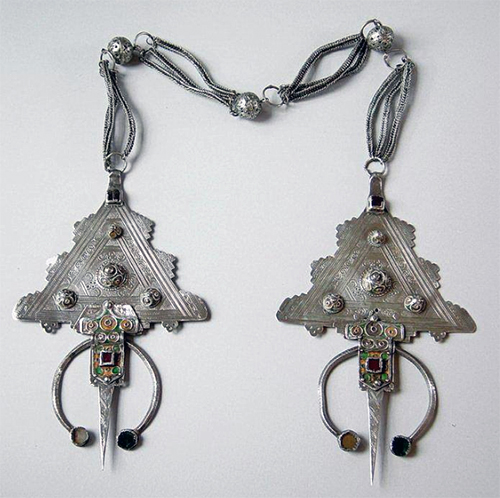

On both sides of the elaborate chain, each fibula is 22 cm long. Continue Reading
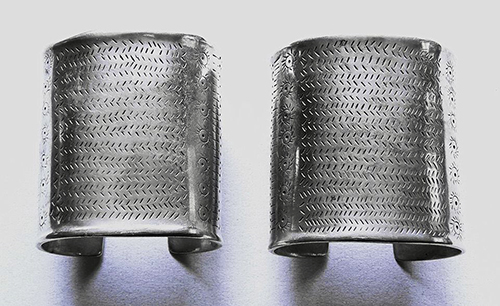
An outstanding and now very hard to obtain pair of high-quality silver Akha bracelets from Thailand (certainly the Golden Triangle, anyway, not SW China). Both the shape and the simply incised decoration are entirely characteristic. Continue Reading
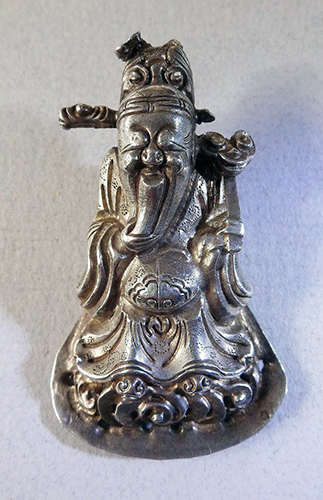
This small object portrays one of the eight Daoist Immortals. It is early and very solid in construction, contrasting to many flimsy and low-quality counterparts of a later date. It used to be gilt all over, with traces now largely remaining at the bottom of the back only. Continue Reading
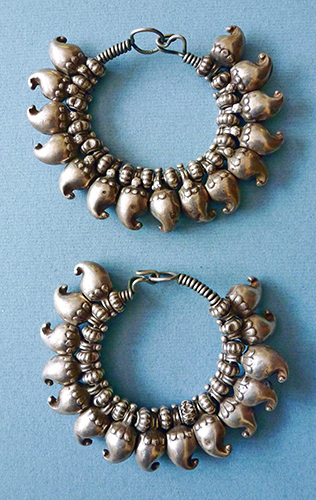
This pair of silver child’s anklets (painjin), decorated with auspicious mango (am) shapes, can also be worn as bracelets. Continue Reading
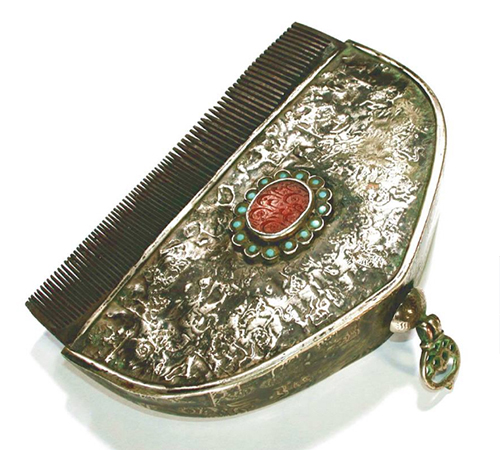
Kohl is made by grinding the sulfide mineral Stibnite. It was used as eyeliner and mascara in ancient times. Attached to the top of this comb is a kohl applicator. Please also note the incision on the carnelian. Continue Reading
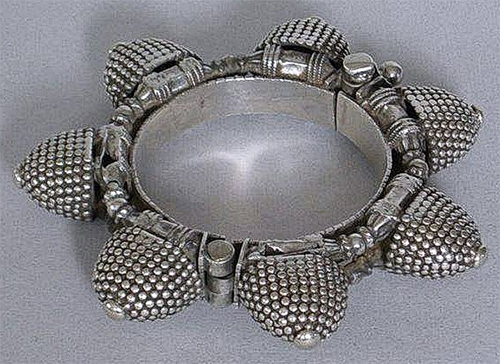
Worn by a farmer’s wife, this old silver armband (naugari) has a diameter of 12.5 cm. The 7 gajre balls attached to the central circle are made from a thick stamped silver sheet, which is important when identifying a naugari. Another example is included in Oppi Untracht’s masterly book, Traditional Jewelry of India, page 255. Continue Reading
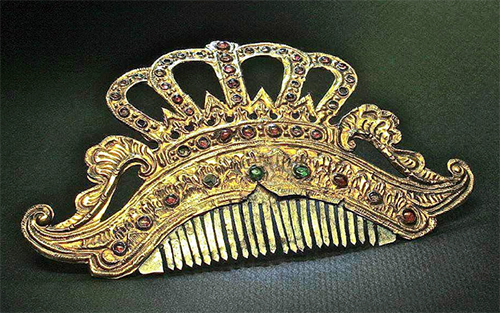
The Dutch royal crown motif has been a popular element in Balinese ornaments, and a natural use of Dutch Royal symbols during the time when Indonesia was established as a colony. Only high-ranking women were allowed to wear these decorative combs. While we of course admire the piece in any case, it has special interest… Continue Reading
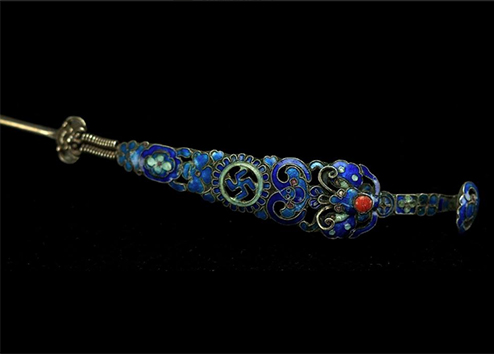
The swastika in the center is the Mandarin Chinese character, wàn. It signifies celestial virtues and infinite prosperity. Buddhists from India brought it to China around 2000 years ago. Continue Reading
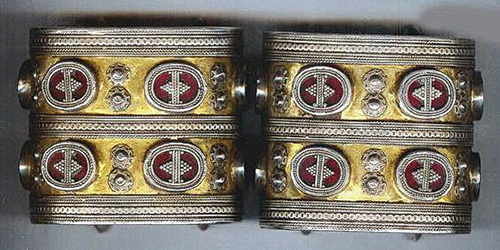
This pair of heavy silver bracelets are Turkoman, made in the in Kazakh style. These styles were blended because the Kazakhs lived with the Turkoman and others in Afghanistan. Linda pointed out that similar ones were made for several more decades and simply described as being from Kazakhstan. We remember seeing several in the 1980s.… Continue Reading